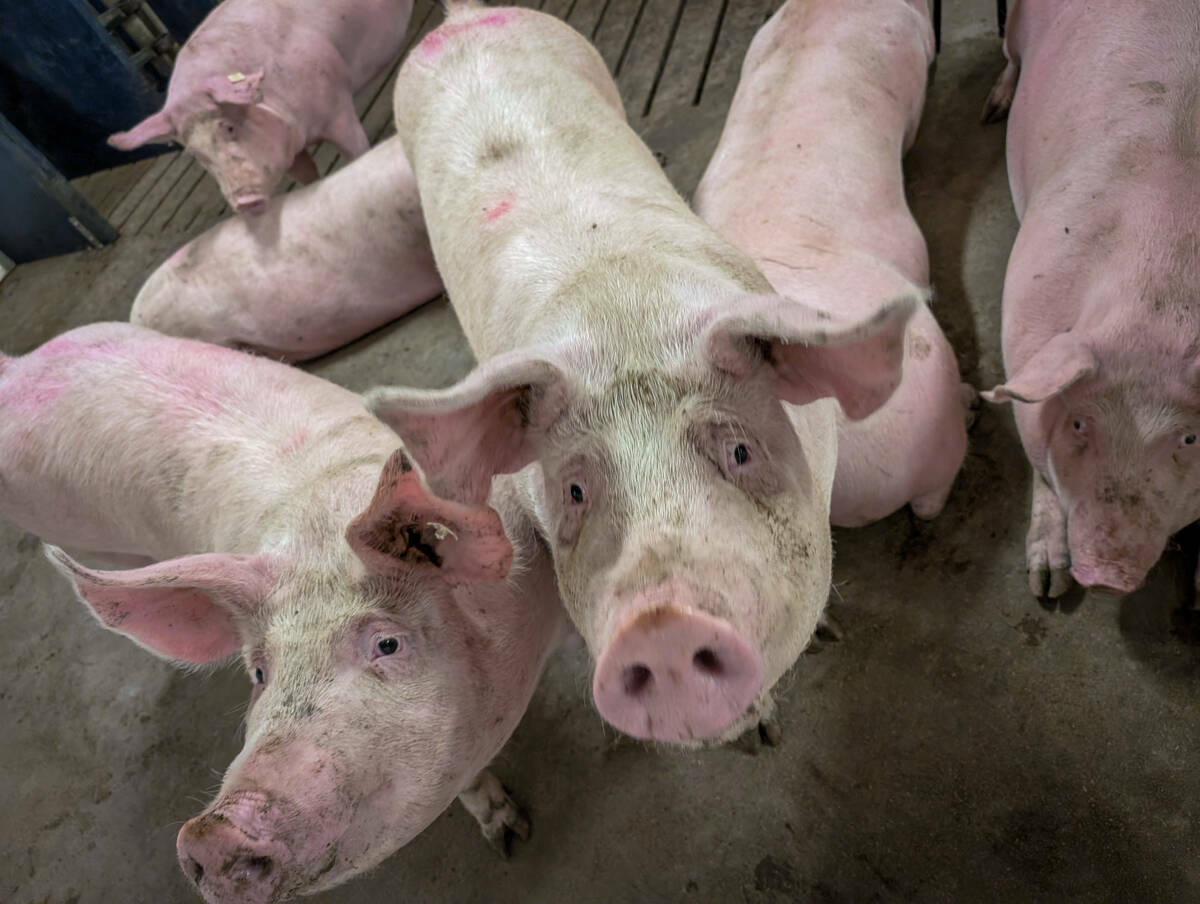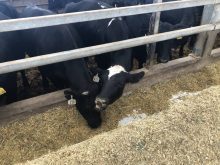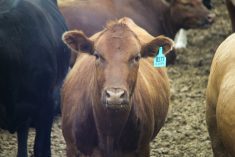Just like many people do, cattle enjoy the taste of garlic, and as with humans, many swear the ‘stinking rose’ offers numerous health benefits for bovines.
Garlic is rumoured to entice cattle to consume more minerals, have anti-fungal properties and even discourage horn flies from pestering them.
“You would find these anecdotes on blogs,” said Obioha Durunna, a livestock researcher at Lakeland College. “Most of them were just anecdotal.”
Read Also

Ottawa pauses update on food from cloned livestock
Health Canada has indefinitely suspended a proposed update to the novel food policy governing foods derived from cloned cattle and swine, as well as their progeny.
Durunna started looking into garlic’s merits as a feed supplement in 2016 when he was working for Saskatchewan’s agriculture ministry. Over the years, he’s been quizzed by a lot of producers.
“The majority of the questions that we had gotten from producers were ‘Do I feed garlic to my cows?’ to ‘How much do I feed?’ to ‘Are they going to get better growth performance from eating it or will it adversely affect their health?’”
Durunna heard from producers who swore by garlic supplements, as well as from others who said the claims were bogus. Unable to find science-based information after scouring the literature, he decided to do his own study.
In his first trial at a community pasture in Saskatchewan, participating ranchers divided cattle into three groups. Some were given a greater amount of garlic, some less and some none at all.
“We weren’t able to collect intake and performance outcomes because of the area. There was no power source there, and very limited handling equipment,” he said.
“All we could do was track fly abundance on the animals. We could also track mineral salt refills. What we had was garlic infused salt supplements — not the mineral, per se, but just pasture salt that had garlic infused in it.”

Durunna noticed a significant decrease in horn fly abundance during the study in 2016 and 2017.
The following year, he joined Lakeland College and took advantage of its automatic feeding equipment to do a follow-up garlic study in a confined setting. In 2019 and 2020, garlic was fed to cattle as part of a mineral supplement.
“There was a significant increase in terms of supplement intake, especially in the first year,” he said. “The first year’s result was like magic.”
The groups receiving a garlic supplement in that first year consumed 40 to 50 per cent more supplement compared to the control group. But the second year was different.
“We observed a mix of what some producers reported,” said Durunna. “It stimulated supplemented intake in some years, but not so much in others.”
The test involved 104 steers that were divided into four groups. One group received minerals with 2.5 per cent garlic included in the total mix, another received minerals with five per cent garlic, and a third received minerals with 0.3 per cent garlic oil infused in the total mineral mix. The last group received a regular garlic-free mix, and all mineral was given free choice.
It came down to something that matters very much to humans: freshness.
“We saw the reduced consumption almost every other year,” he said. “When we looked at the batch of the garlic, we saw that it was over a year or two old.
“This is one thing that I am telling producers. If they are using (garlic), they have to pay attention to the manufacturing date.”
Cattle consumption of garlic and minerals will drop if the garlic is older than one year, he said.
“The big picture is this: the fresher it is, the more intake, and the more it will stimulate the animals to consume more minerals.”
When cattle consumed garlic at the 2.5 per cent or five per cent level, there was no negative impact or outcome on growth or blood work, he said.
Durunna, who is also an adjunct professor at the University of Saskatchewan, has published papers about the work, as has a master’s student with whom he works.
Numerous companies manufacture minerals supplemented with garlic. While it can cause anemia in horses and is not recommended for dogs, garlic does not have a similar impact on cattle, said Durunna.
















